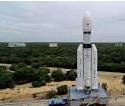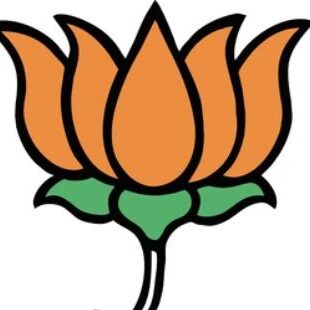
With the successful launch of Chandrayaan-3 on July 14, the Indian Space Research Organisation (Isro) is embarking on its second attempt to land a spacecraft on the Moon. In 2019, Chandrayaan-2 faced challenges during its descent, resulting in the crash of the lander and rover on the lunar surface.
If this mission accomplishes a successful “soft” landing, India will join the exclusive club of countries, including the United States, Russia, and China, that have achieved this feat.
The purpose of India’s moon missions goes beyond individual attempts. They aim to bring the moon closer to us and uncover valuable insights. The mission involves multiple components: the propulsion module, the lander module, and the rover. Together, they contribute to Isro’s pursuit of knowledge and exploration.
To understand how space missions function, it’s important to distinguish between the rocket, or carrier, and the spacecraft itself. The rocket’s primary role is to transport the spacecraft into space. In most cases, rockets are designed for one-time use and are destroyed after completing their task. On the other hand, the spacecraft remains operational and fulfills its intended objectives.
Chandrayaan missions specifically focus on lunar exploration. Chandrayaan-1, launched in 2008, aimed to create a three-dimensional atlas of the Moon, conduct chemical and mineralogical mapping, and explore both the near and far sides. Despite losing contact with the spacecraft in 2009, the mission yielded significant discoveries, including the detection of water and hydroxyl on the lunar surface.
Chandrayaan-2, launched in 2019, consisted of an Orbiter, Lander, and Rover. While the Orbiter functioned effectively and continued gathering valuable data, the Lander (Vikram) and Rover (Pragyaan) encountered difficulties during landing and crashed. Nevertheless, the mission contributed to the understanding of lunar water distribution and made breakthrough observations.
Chandrayaan-3’s primary objective is to demonstrate India’s technological prowess and achieve a successful soft landing on the Moon. Soft landing refers to the intricate process of decelerating a spacecraft to gently touch down on the lunar surface. The mission showcases India’s progress and capabilities in the field of space exploration.
In summary, Chandrayaan-3 represents India’s determination to explore the Moon and expand scientific knowledge. Through these missions, Isro strives to bring the Moon closer to humanity, unravel its mysteries, and contribute to the global scientific community’s understanding of our celestial neighbor.









